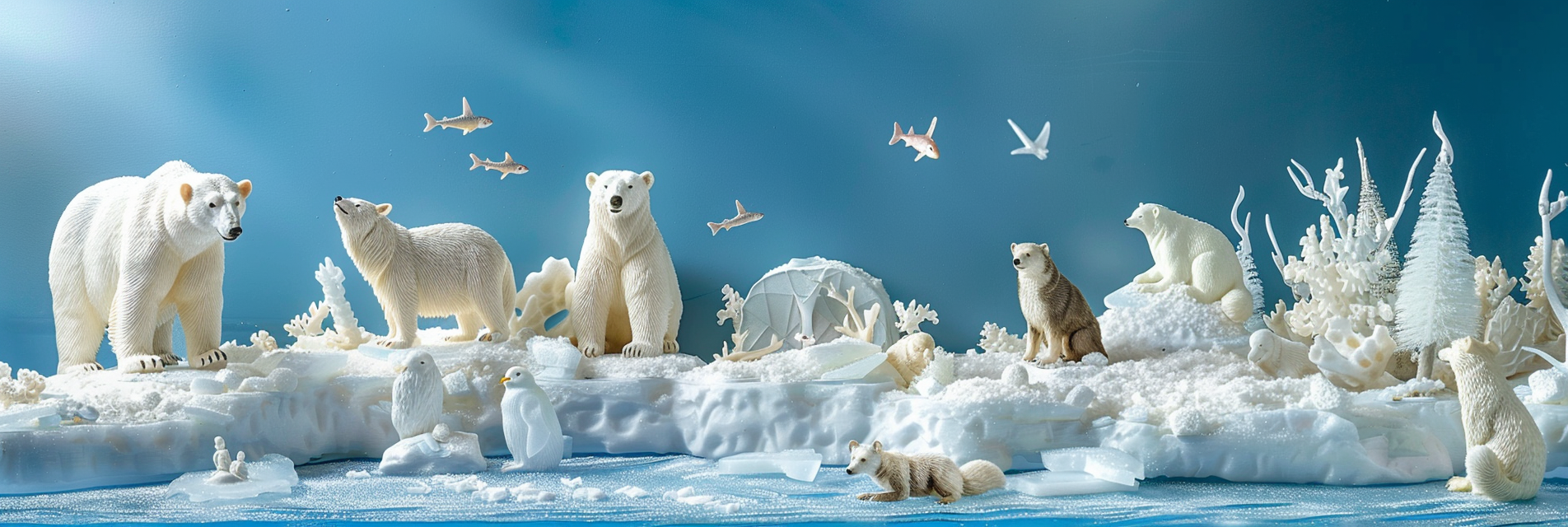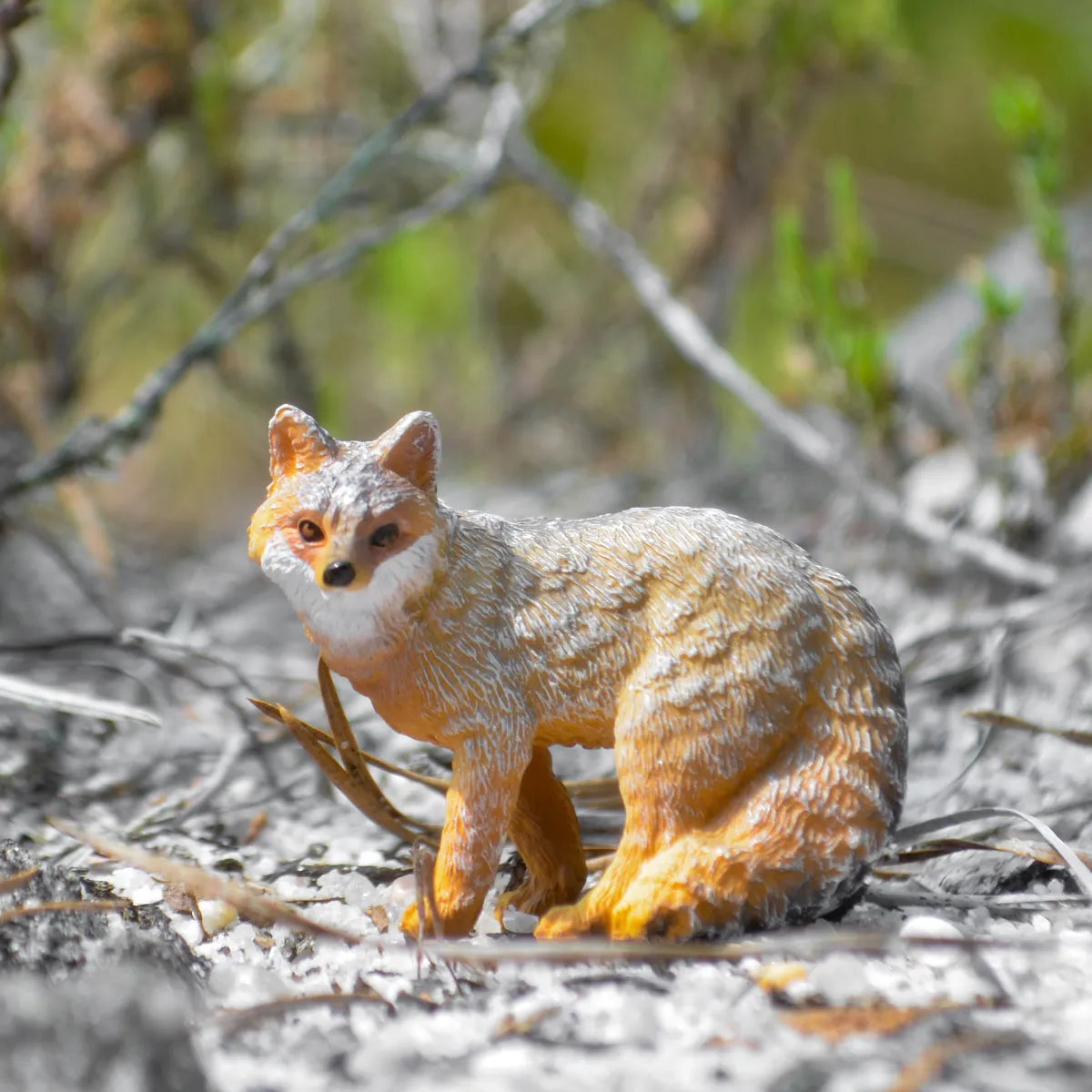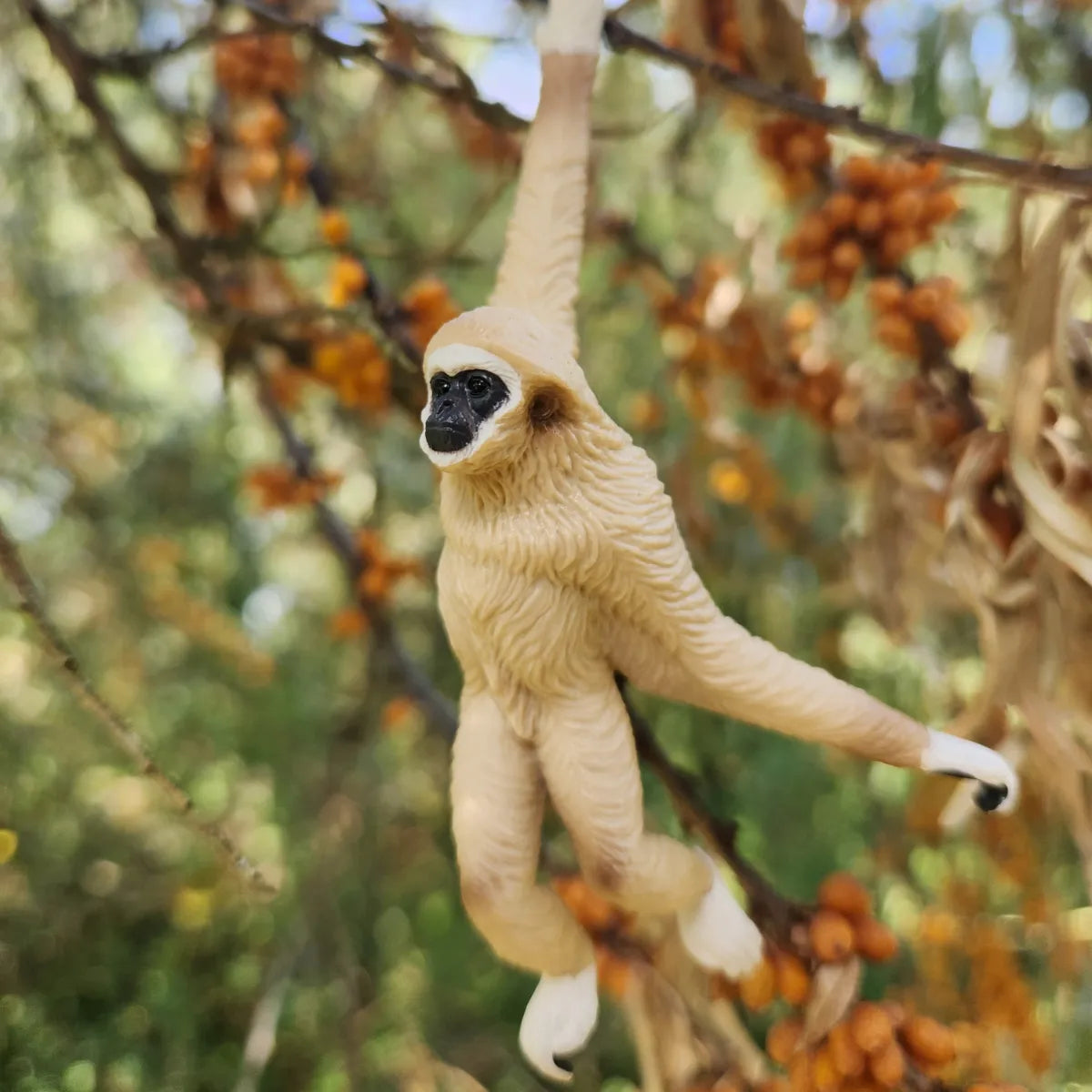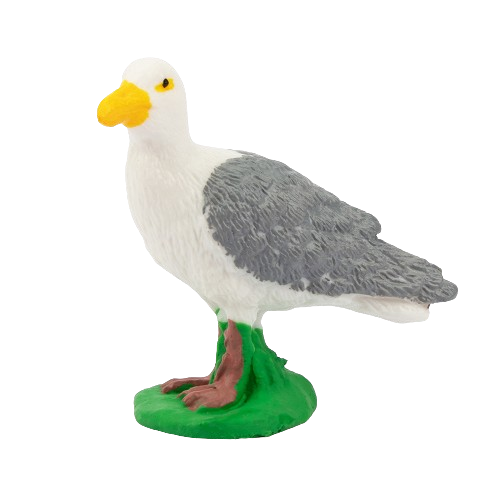
Glaucous Gull
A large, pale gull found in the Arctic, the glaucous gull is a versatile feeder, known to prey on fish, birds, and carrion.
Scientific Name
Larus hyperboreus
Behavior
Glaucous Gulls are opportunistic feeders, known for their versatile diet that includes fish, small birds, eggs, carrion, and refuse. They often follow fishing boats to scavenge leftovers and are known to prey on the eggs and young of other seabirds. These gulls are also observed engaging in kleptoparasitism, stealing food from other birds. Glaucous Gulls are both migratory and resident, with some populations traveling southwards in winter while others remain in their breeding territories year-round.
Breeding
The breeding season of the Glaucous Gull starts in late spring. They nest in colonies on coastal cliffs, islands, or inland areas near water bodies, often returning to the same nesting sites each year. Nests are constructed on the ground, made of vegetation, feathers, and debris. Females typically lay 2 to 3 eggs, which are incubated by both parents. The chicks are precocial, leaving the nest shortly after hatching but remaining dependent on their parents for food and protection.
Characteristics
Adult Glaucous Gulls have a predominantly white plumage with light grey back and wings. They lack the black wingtips common to many other gull species, which is a distinctive feature. Their legs are pink, the bill is yellow with a red spot on the lower mandible, and the eyes are pale with a distinct orbital ring. Juveniles are a mottled grey and white and take up to four years to achieve full adult plumage. Adults can reach a length of 55 to 75 cm (22 to 30 inches) with a wingspan of 135 to 170 cm (53 to 67 inches).
History
The Glaucous Gull's history is deeply intertwined with the Arctic, a region that has undergone significant climatic and ecological changes over millennia. As a species, it has witnessed the comings and goings of ice ages, adapting to the ebb and flow of ice cover and the availability of nesting sites and food sources.
Current Status
The Glaucous Gull is currently classified as Least Concern by the International Union for Conservation of Nature (IUCN), indicating that it does not face immediate threats of extinction across its wide range. However, like many Arctic species, it could be affected by climate change, which threatens to alter its habitat and food sources. Pollution, particularly plastic and chemical pollutants in the ocean, also poses a risk to Glaucous Gulls and other marine birds. Conservation efforts are focused on monitoring population trends, protecting critical habitats, and mitigating pollution impacts.





